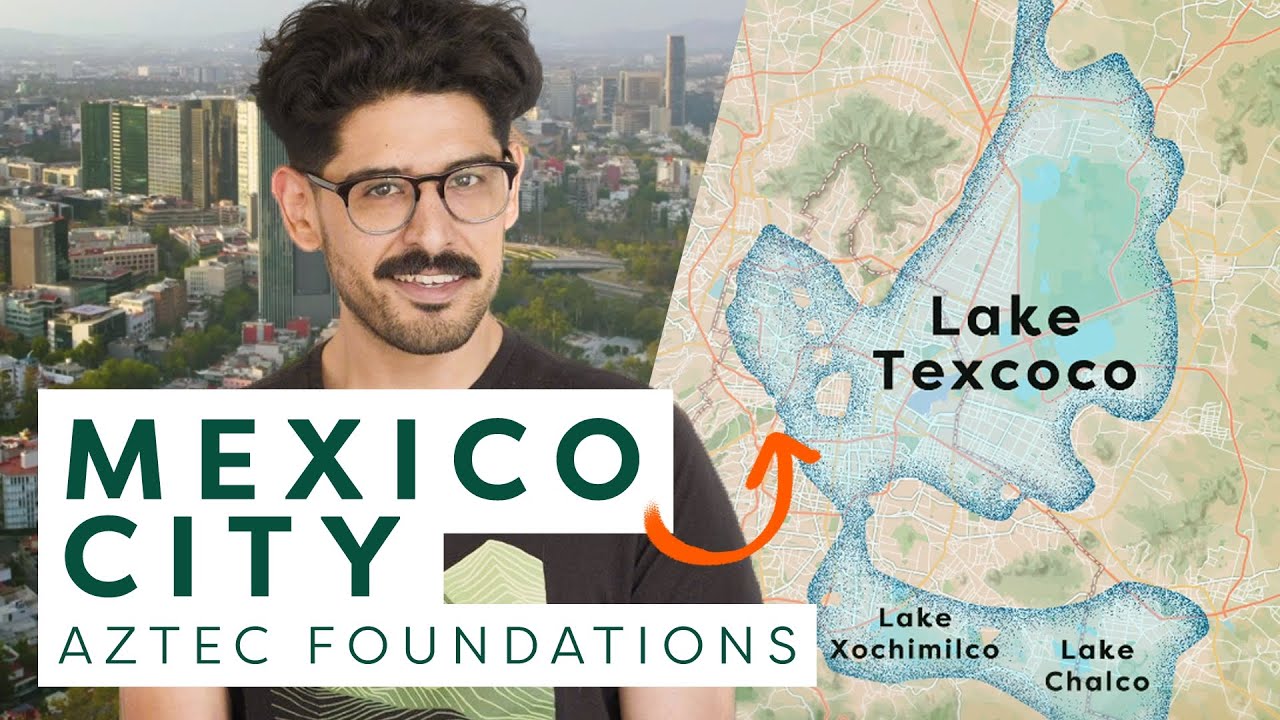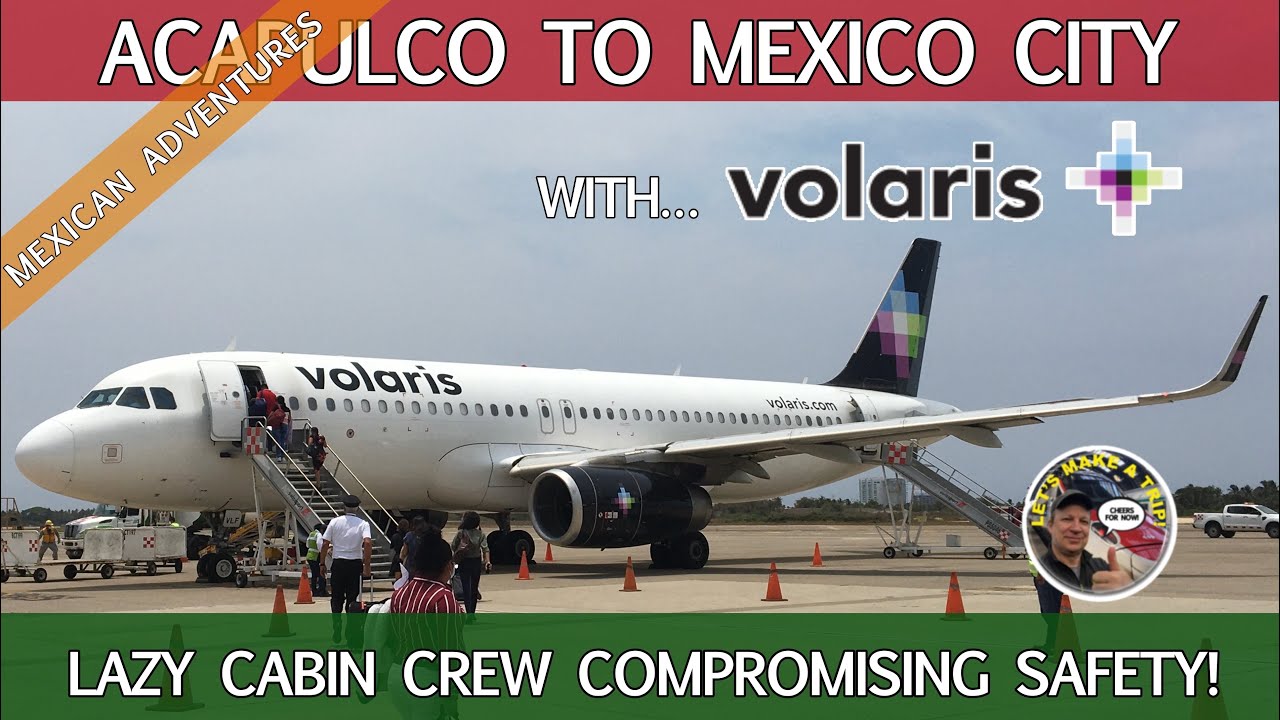The Founding Tribes of Mexico City
The heart of Mexico and the capital, Mexico City, has a rich historical tapestry that dates back to its founding in the 14th century. The area, known historically as Tenochtitlán, was home to a group of Aztec tribes whose complex society and innovations laid the groundwork for the metropolis we know today. In this dive into the founding tribes of Mexico City, we follow the threads that connect the past to the present.
At the core of Mexico City’s foundation story are the Mexica people, often referred to as the Aztecs. This nomadic tribe of Nahua people were said to have migrated south to the Valley of Mexico following a prophesy. According to legend, they settled in the area that is now Mexico City when they observed an eagle perched on a cactus with a snake in its mouth, fulfilling the prophecy and marking the spot as their new home.
In addition to the Mexica, the valley was populated by other Nahua tribes, including the Acolhuas, Tepanecs, and Culhuacans. Together these tribes and others interacted through complex alliances and sometimes conflicts, each contributing to the cultural tapestry of the region. Through their combined efforts, they laid down the economic, social, and political foundations of what would become one of the largest cities in the ancient world.
The Mexica established Tenochtitlán in 1325 AD and rapidly became a dominant force in central Mexico. Tenochtitlán was cleverly built on an island in Lake Texcoco and was connected to the mainland by causeways, proving their innovative spirit and strategic prowess. This advanced urban center would eventually become the capital of the Aztec Empire, growing in fame for its majestic temples, palaces, and its complex system of canals.
As the Mexica tribe flourished and their influence expanded, they forged the Triple Alliance with two other pivotal tribes: the Acolhua of Texcoco and the Tepanecs of Tlacopan. This powerful alliance across the founding tribes established a region-wide dominance ensuring that their cultural and economic systems would influence the development of Mexico City far beyond their civilization’s zenith and into the modern era.
Aztecs: The Major Indigenous Group in Ancient Mexico City
The Aztecs, or Mexica as they called themselves, were the dominant indigenous people who built an expansive empire throughout the region of modern-day Mexico. Established around the 14th century, these formidable warriors and visionary urban planners founded their capital city, Tenochtitlan, on an island in Lake Texcoco – the site where Mexico City now stands. The city was a marvel of engineering and architecture, featuring canals, temples, and the Great Pyramid of Tenochtitlan, at its heart.
As adept farmers and traders, the Aztecs developed a sophisticated agricultural system including the chinampas, or floating gardens, which were a solution to farming on the swampy lake shores. They grew maize, beans, squash, and chili peppers, forming the staple diet that supported a burgeoning population. Their trade networks extended far beyond their own empire, allowing them to influence surrounding cultures and regions economically and culturally.
Aztec society was highly stratified and organized with a ruling emperor at the helm, supported by nobles, priests, and a warrior class. This hierarchy was reinforced by a rigorous educational system and a religion that interwove their daily lives with ceremonies and rituals dedicated to their deities, with the sun god Huitzilopochtli being of particular importance. Their religious practices are often remembered for their human sacrifices, which they believed to be essential for keeping the world in balance.
Their art and iconography continue to be celebrated for their elaborate symbolism and detailed craftsmanship. Aztec glyphs and sculptures offer invaluable insights into their mythologies, daily activities, and historical events. These artifacts are frequently emblematic of their respect for nature, war-related themes, and religious devotion, with many pieces still influencing Mexican culture today.
The fate of the Aztec empire changed with the arrival of Spanish conquistadors led by Hernán Cortés in the 16th century. Despite fierce resistance, the convergence of European diseases and military conquest led to the fall of Tenochtitlan in 1521. Nonetheless, the legacy of the Aztecs endures in the foundations of Mexico City, in the Nahuatl language still spoken today, and in the enduring presence of Aztec cultural elements woven into the tapestry of Mexican identity.
Uncovering the Pre-Columbian Roots of Mexico City’s Past
Mexico City, the vibrant capital of Mexico, is a modern metropolis teeming with contemporary culture and architecture. But beneath the surface of this bustling urban sprawl lies a rich tapestry of pre-Columbian history waiting to be discovered. Prior to the Spanish conquest, this area was known as Tenochtitlan, the heart of the Aztec empire, and it played a crucial role in Mesoamerican civilization. Today, visitors can witness the awe-inspiring remnants of this ancient city, skillfully integrated with Spanish colonial structures, reflecting a blend of cultural heritages.
The Templo Mayor, an iconic archaeological site, stands as testament to the Aztec’s architectural prowess and their profound spiritual beliefs. Situated in the Centro Histórico, the temple was once the epicenter of Aztec religious life, where impressive rituals were performed, and offerings were made to their gods. Excavations at the site have unearthed a treasure trove of artifacts, including sculptures of deities, jewelry, and tools, each narrating their own stories of the pre-Columbian lifestyle and belief systems of the time.
Strolling through the ancient streets of Mexico City, one might also encounter the Great Pyramid of Tenochtitlan’s foundations, known as Templo Mayor. This massive structure, though now mostly in ruins, gives a glimpse into the majesty of the Aztec capital. Historians and archaeologists offer guided tours, sharing insights into the layers of history beneath the current cityscape. The intersection of the past and present is palpable, as the modern city continues to respect and unveil the glories of its pre-Columbian ancestors.
The Mexica People and Their Role in Mexico City’s Origin
The Mexica, more commonly known as the Aztecs, were a civilization of rich cultural heritage and strategic might, with a history that is deeply embedded in the heart of present-day Mexico City. The origins of this megacity can be traced back to the founding of Tenochtitlán in 1325 by the Mexica people. According to legend, they settled in this area upon witnessing an eagle perched on a cactus with a snake in its mouth, fulfilling an ancient prophecy. This emblematic vision, which is now depicted in Mexico’s national coat of arms, encapsulates the mysticism and the visionary nature of the Mexica civilization.
In the subsequent centuries, the Mexica ingeniously expanded their small island into a sprawling metropolis through a network of canals and artificial islands called chinampas. Their engineering feats transformed the landscape and laid the foundations for what would become one of the most significant urban centers in the ancient Americas. The mastery over the lake environment enabled them to develop a thriving society, marked by sophisticated agricultural practices, impressive architecture, and complex societal structures.
Even after the Spanish conquest, which led to the fall of the Mexican Empire and the destruction of Tenochtitlán, the legacy of the Mexica endured. The Spaniards, astounded by the grandeur of the Mexica’s capital, built their own Mexico City atop the ruins. The layout of modern-day Mexico City owes much to its Mexica roots, with many pre-Hispanic underpinnings still influencing the organization and culture of the city. The Mexica’s spirit resonates through the ages, as their story continues to captivate the imagination and respect of those who walk the streets of Mexico City today.


